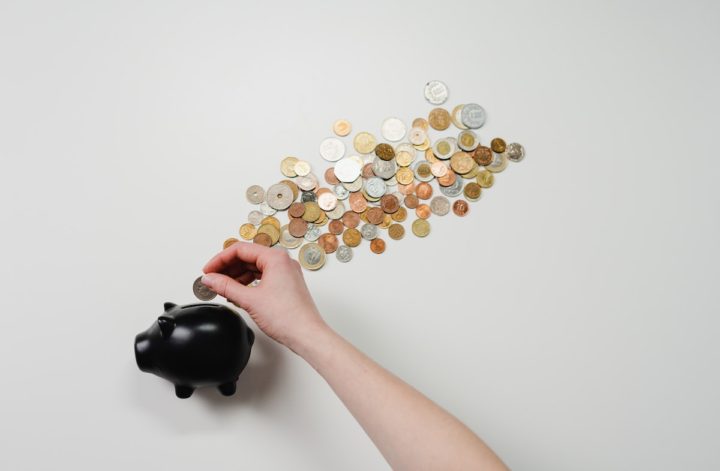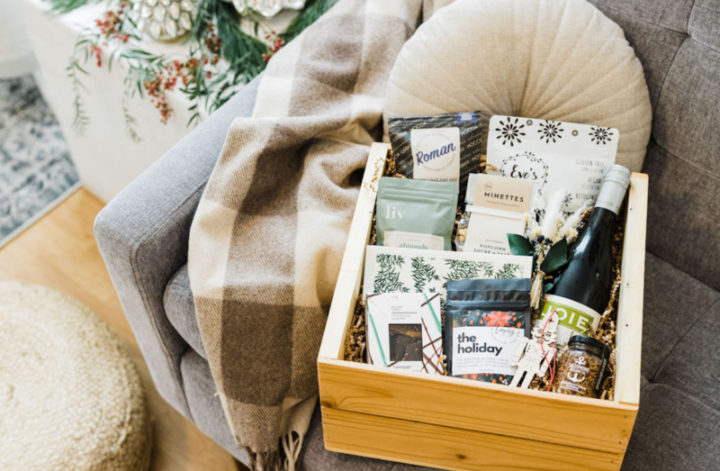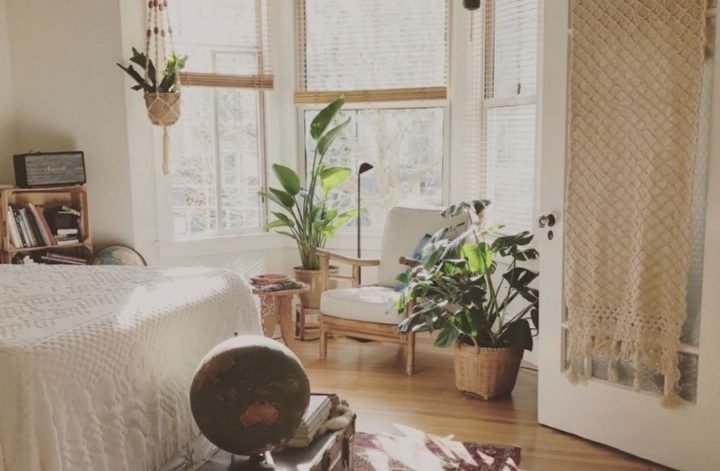There is a common perception that zero waste living is expensive and inaccessible to some. To offset the added costs, it’s suggested we buy less and buy better. But let’s take it one step further and see how zero waste living can not only save but earn you money.
Consumerism is driven by the idea that a person’s well-being and happiness are dependent on obtaining more, which drives us to seek fulfillment through mindless consumption.
It’s easy to say “buy less and save money.” But how does one achieve this?
Price vs. Total Cost of Ownership
Saving money begins when we understand the difference between the price of an item versus its total cost of ownership.
The price of an item is a value determined by the company selling the item, while the total cost of ownership considers the direct and indirect costs of a product over its lifecycle.
In terms of sustainability, the total cost of ownership can be adopted to understand the long-term value of the product to an individual.
Considering the entire lifecycle of a product is important when deciding if the cost of the product is justified. Naturally, sustainable products are higher in price. This is because they are ethically produced from responsibly sourced materials, are designed to last, and have minimal disposal impacts.
In contrast, inexpensive, poor quality and mass-produced products tend not to consider environmental and social costs. But we are drawn to them because of the low price, which also makes them inexpensive to replace.
When we spend more money upfront and buy quality products, they tend to last longer. However, the cost savings and long-term benefits aren’t initially understood because we are immediately put off by the price tag.
This is why it’s important to consider how much money you’ll spend replacing disposable or low-quality products versus higher-quality or reusable products.
How Going Zero Waste Saves You Money
It’s possible to save money shopping secondhand and buying only what we need. But how much money do we save when we create sustainable habits and invest in reusable items?

Make Your Coffee:
The average person spends approximately $1,100 per year on takeaway coffee. Not only is that a lot of money, but also a lot of waste! In terms of cost, how does this compare to brewing coffee at home?
The average coffee maker has a lifespan of 5 years (up to 10 if well maintained) and is priced at $45 with an estimated $20/month on coffee grounds and filters.
The table below compares the cost of takeaway coffee and homebrewed coffee. It shows that takeaway coffee costs 5 times more than home-brewed coffee. Even more surprising, if you were to make your own coffee, you could save up to $750 / year!
| Product | Product consumed / yr | Total Cost/yr |
| Takeaway Coffee | 260 | $1100 |
| Home Brewed Coffee | 365 | $350 |
But what if the difference of $63/month was invested? Investing $63/month at a 6% rate of return over 30 years, you would have $62,000! If you invested over 40 years, you would have $121,000! This is the money savings and earning potential of just one habit!

Zero Waste Periods:
Did you know the average woman menstruates for 40 years? During this time, approximately 9120 tampons will be used per woman. Reusable menstrual cups last an average of 10 years. The table below compares the cost of disposable tampons and menstrual cups over 40 years.
Turns out, tampons cost approximately 20 times more than a menstrual cup!
| Product | Product / 40 yrs | Total Cost / 40 yrs |
| Disposable Tampons | 9120 | $3040 |
| Menstrual Cup | 4 | $160 |
Over the course of 40 years, a reusable menstrual cup will save you $2880! It’s a good amount of money but isn’t that spectacular when considered over 40 years.
Investing the $2,880 savings at $6/month earning a 6% rate of return, after 40 years you’d have $11,500! Remember, $11,500 is the return of investing in just one reusable product!
If you were to use a reusable menstrual cup and make home-brewed coffee, the invested savings over 40 years would yield over $133,000! These are just two small changes that can save and earn you money.
This “double” investment strategy, along with second-hand shopping and buying only what we need is the key to saving money while living sustainably!
So, is it possible to achieve zero waste living and save money? Heck, yes! In fact, you can make money on the savings you earn from using reusable products. It takes discipline and planning but it is 100% possible!
Disclaimer: The Circular Consumer is not a licensed Financial Advisor. All tips are based on personal experience. The prices quoted are estimated and current at the time of writing.




